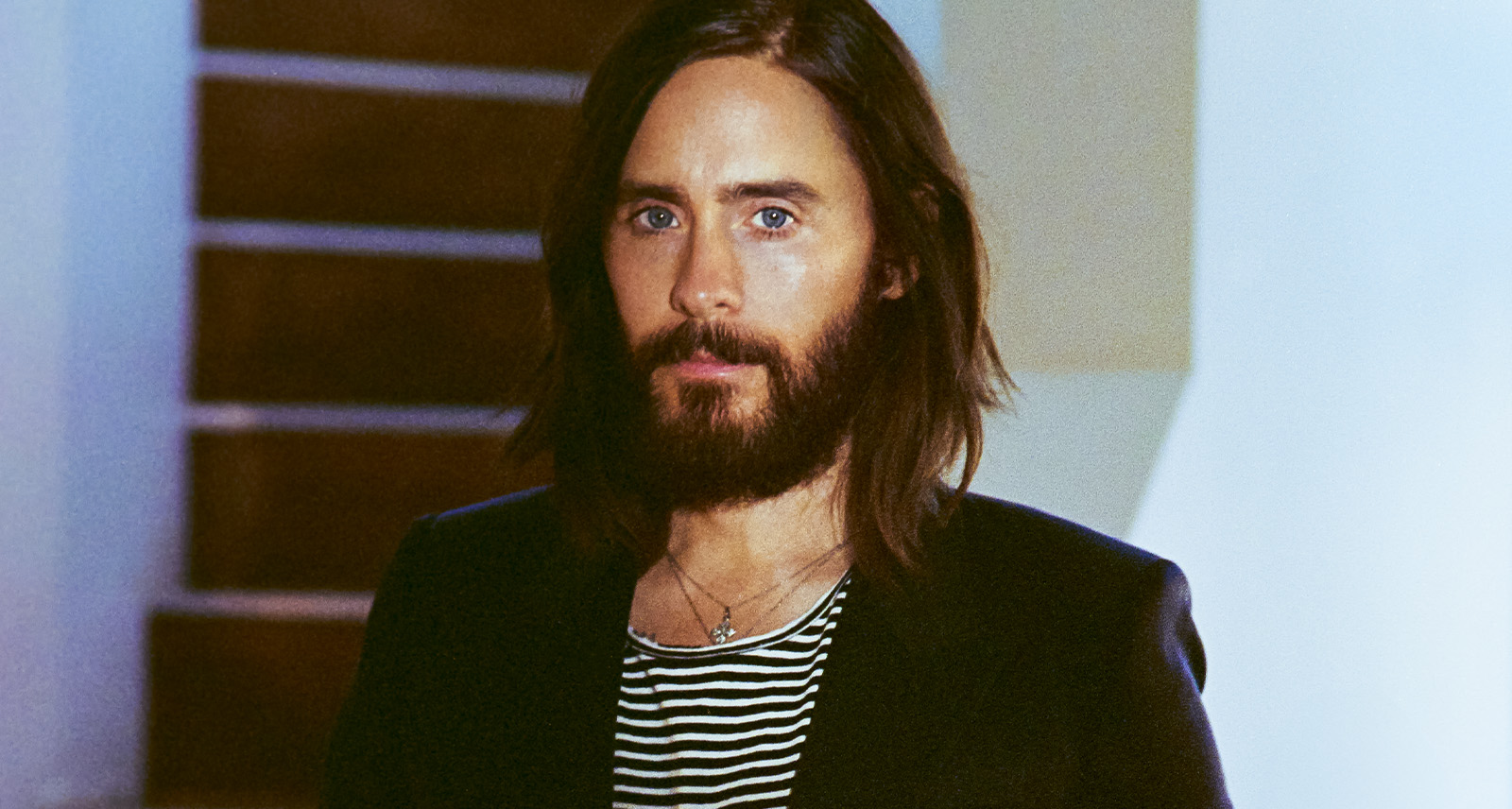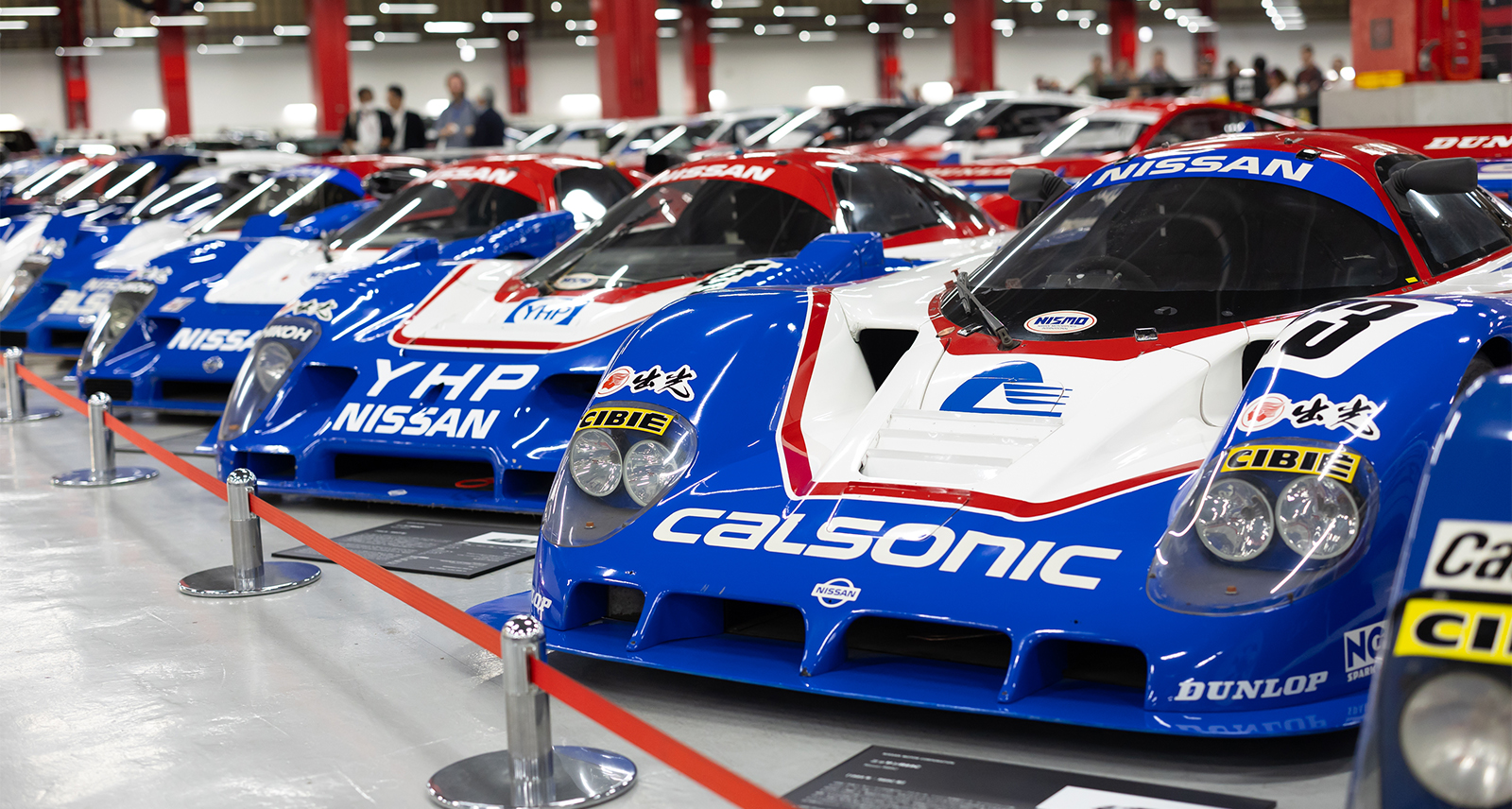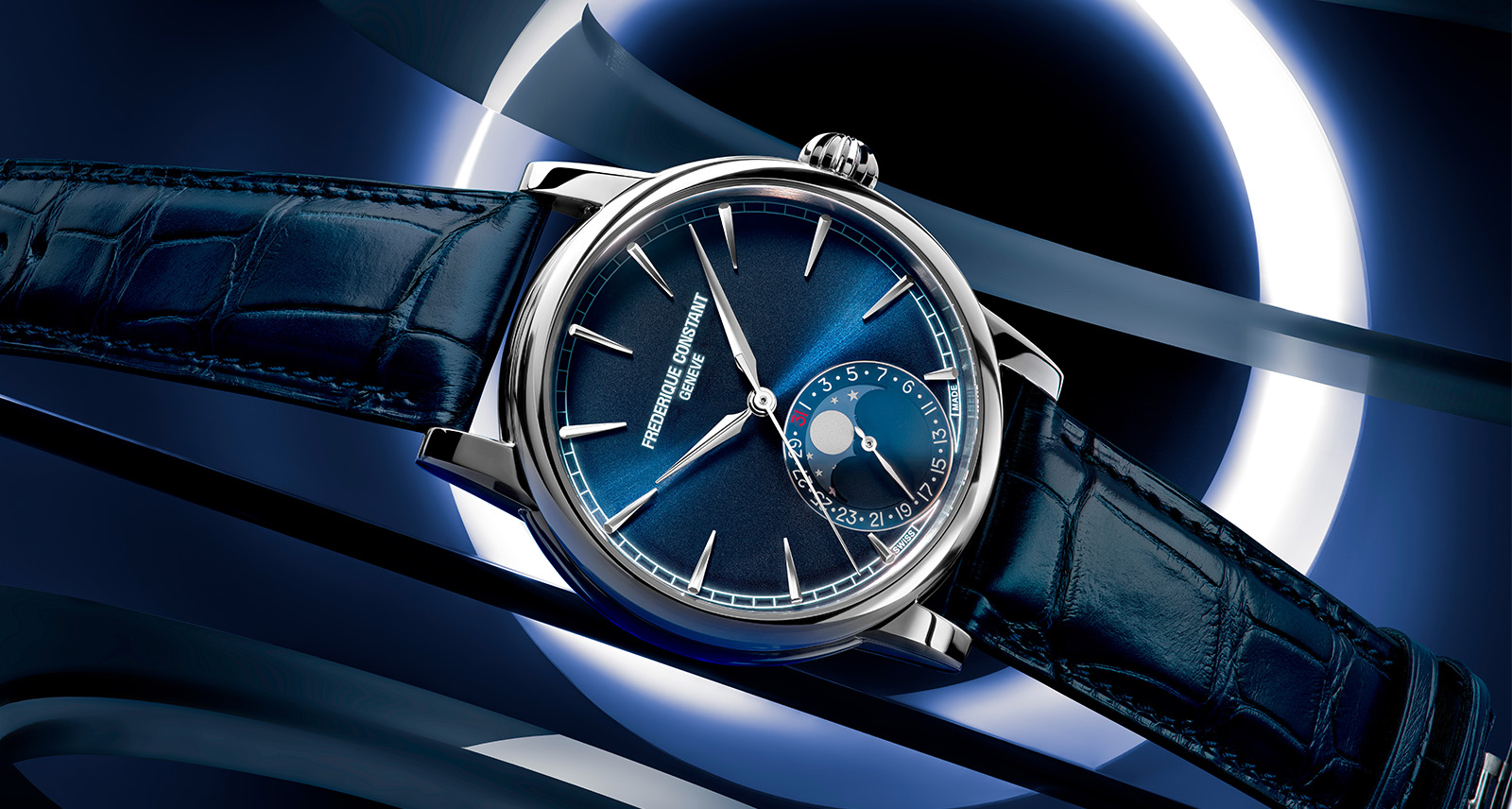Jared Leto Talks Stargazing, Songwriting, and the Power of Positivity
Jared Leto is from Mars — and we’re all from Venus. That’s how it feels most of the time. He’s one of the last true enigmas: a star who, despite spending almost 30 years in front of the camera, remains curiously out of focus. The on-set stories, of course, are legendary. Tales of Leto’s intense character commitment have rocketed him to an almost mythical method acting status. These exploits have seen the actor transformed into one of the most surreal, celebrated, and paradoxical performers working today, embodying everyone from arms dealers and serial killers to supervillains and vampires. And, thanks to this unique talent for shapeshifting, it’s very likely that you’ve seen scenes, shows, or even full-length films starring Leto — and not even realized who you were watching.
And then there’s his music. Thirty Seconds to Mars, a band coformed and fronted by Leto, has been releasing its genre-twisting tracks for over two decades. Yet, when the group started out, the actor refused to use his Hollywood pull to push the band into the spotlight. As a result, Leto has always remained slightly obscured in the musical world too. That could be why the press and the public, left largely in the dark all these years, have tended to typecast Leto as a sort of superlunary luminary — an acclaimed yet alien presence in the entertainment industry who manages to hover, ever so slightly, beyond the celeb-sphere.
“There’s a vulnerability, an intimacy, and an intensity in my voice on this album that I haven’t heard from myself ever before.”
Jared Leto
Today, Leto is in Los Angeles. Standing in solidarity with SAG-AFTRA and his fellow striking actors, the Vancouver-based production was paused on his latest film several days ago. But we’re not here to discuss acting. We’re here to talk music, and the sixth studio album from Thirty Seconds to Mars. Dreamed up during lockdown, It’s the End of the World but It’s a Beautiful Day finally arrives on September 15 and promises to knock fans’ pre-launch preconceptions out of orbit. But that’s just the way Leto likes it. Because, he tells SHARP, while the band’s music has morphed and mutated over time — warping its way from cosmic space rock, through expanses of symphonic electronica, to headbanging heavy metal — this latest album steers things onto a fresh, techno-pop trajectory and reveals parts of his own character he’s always kept hidden.
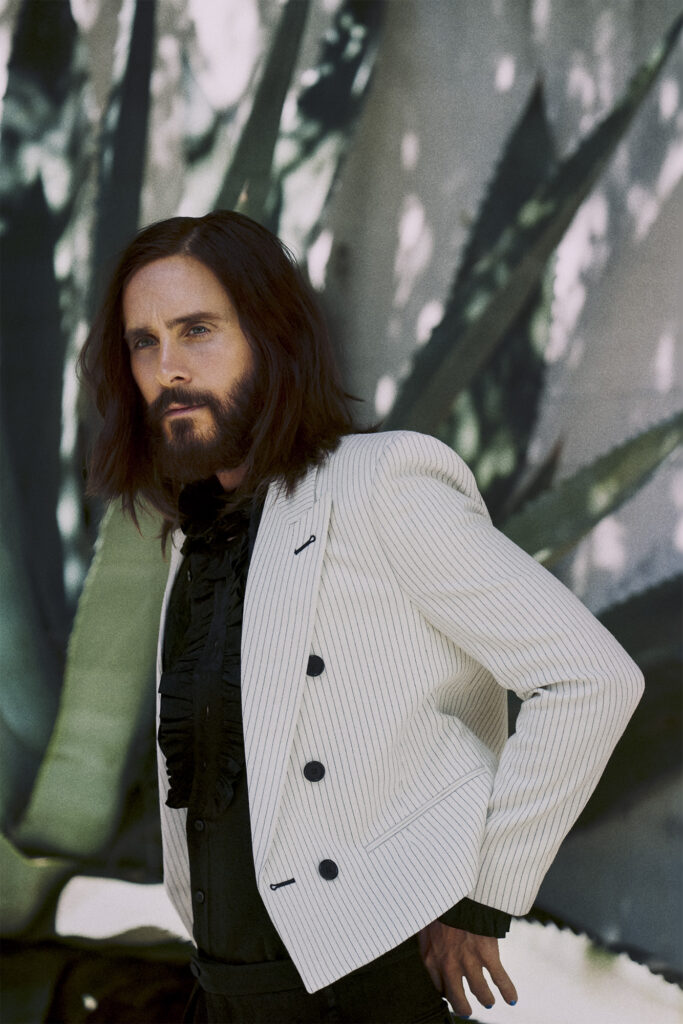
“You know,” Leto considers, “I think that it’s a new chapter for Thirty Seconds to Mars. We take so long to make albums that we change a lot. The world changes. Technology changes. The way we record changes. The place you live changes. Maybe the type of guitar you like to play changes. Your voice changes. But all of that is kind of great. It can really push you to new places.”
Of course, Thirty Seconds to Mars — which Leto founded with his brother Shannon in 1998 — has always had an intrepid streak. Several past tracks, in particular, embraced the extraterrestrial promise of the band’s name, transporting fans to “Jupiter,” “100 Suns,” and the “Edge of the Earth.” A 2013 single, “Up in the Air,” even had its first play onboard the International Space Station, hitching a skyward ride on a SpaceX Falcon 9 rocket. But the latest album, Leto says, is more introspective than intergalactic — and brings the band back down to earth.
“There’s a vulnerability, an intimacy, and an intensity in my voice on this album that I haven’t heard from myself ever before,” he says. “And people have asked me — multiple people — when I’ve played them some of these songs, they’ve said: ‘Is that you?’ Which I take as a compliment, that I’m still, somehow, discovering new parts of myself. I think that’s a good thing.”
It’s the End of the World opens with the pulsating, high-powered “Stuck” — an upbeat, anthemic answer to the down days and doldrums of the pandemic. The album switches gears after the first few tracks, offering up the contemplative, slower-paced “Seasons” and “Get Up Kid,” before building back to “Avalanche,” the final blood-pumping, heart-thumping number (and Leto’s favourite track). There are eleven songs in all, and some of the most experimental echo the band’s critically acclaimed, confidently nonconformist 2009 album This Is War.
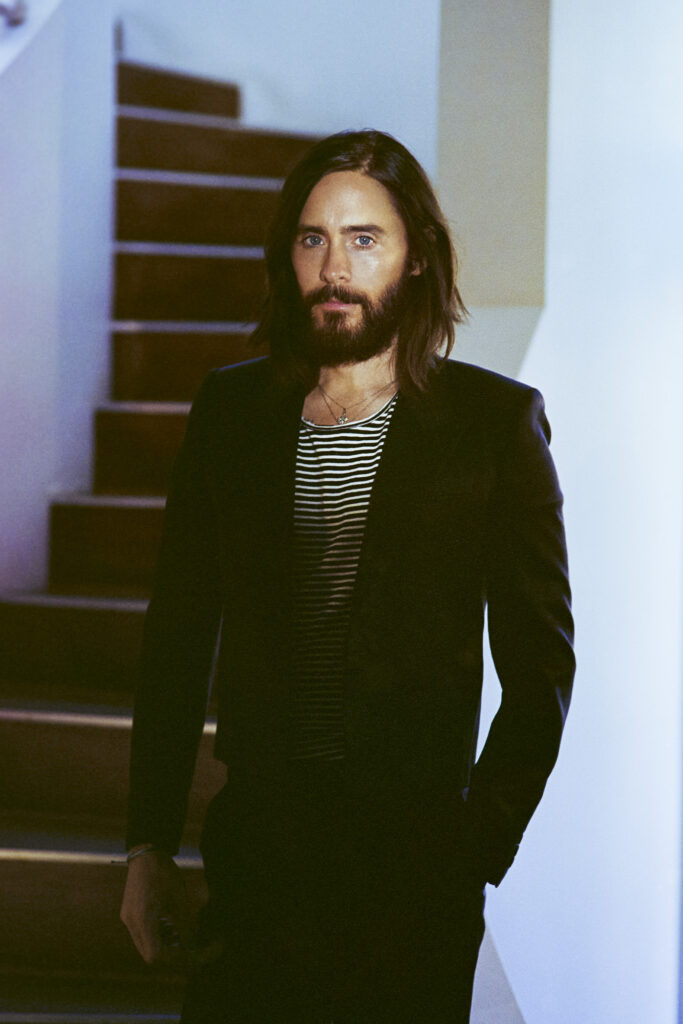
“I think it’s great to be free from any constraints,” says Leto, “because it would be a shame to just make This Is War: Part II — unless you were really trying to make This Is War: Part II. Which we have thought about, actually. That would be interesting. And I haven’t seen anyone do a ‘Volume Two’ in quite a while. But we’ve also been thinking about making a full-on rock record. You know, make a rock record and then that’s it, the definitive piece of our career. Say goodbye, or something. I don’t know.”
It’s strange to hear Leto speak this way. For someone so successful, his behaviour often seems incredibly mercurial and unpredictable — so much so, in fact, that we assume he must be following some meticulously mapped-out schedule; a strict plan that merely gives the illusion of impulsivity, but actually stretches far into the future — but we could be wrong. Perhaps Leto can operate on a level of calm and cool that’s beyond our collective comprehension. Maybe he’s just a low-strung, flow-going guy who dabbles and dances his way across the arts and only picks the projects that take his fancy. The evidence would suggest this is the case. For example, Leto’s haunting turn in 2013’s Dallas Buyers Club was the first acting role he accepted in almost four years — and he took home an Oscar for his efforts. But this lifelong love affair with the arts didn’t begin with film, nor with music.
“We grew up around a lot of artists,” Leto explains. “And I always thought that I would be a painter, or a sculptor, or a photographer. But I still do all kinds of design work and photography. It’s really the same thing at the end of the day — it all comes from the same place.
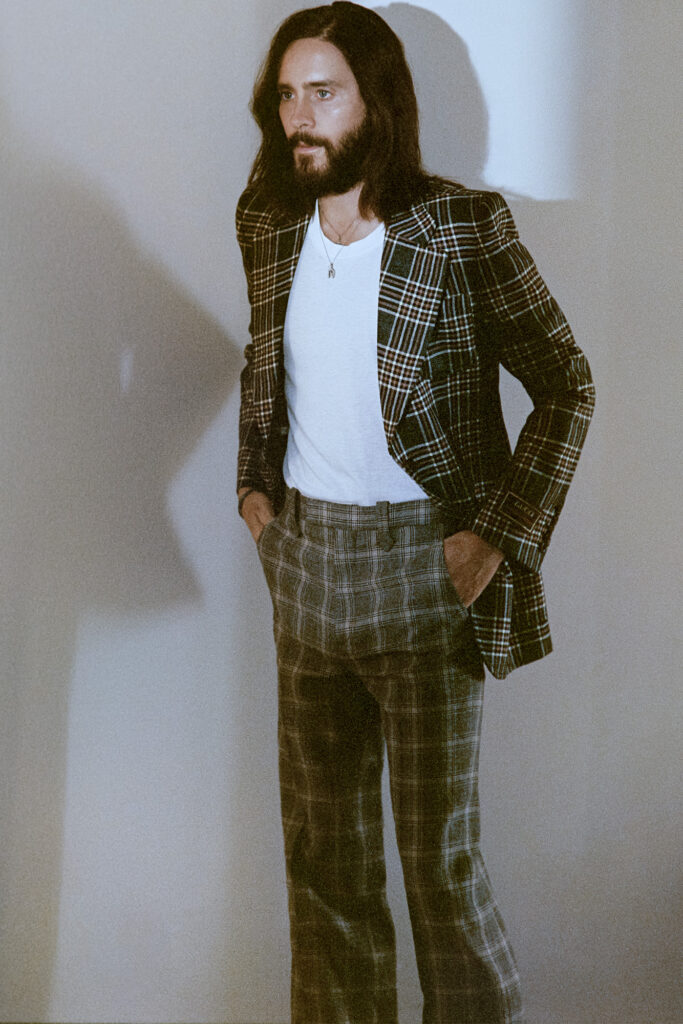
It’s creative problem solving; bringing an idea, a thought, a dream to life. There are different techniques, but it all comes from the same place.” Leto has directed over a dozen music videos for Thirty Seconds to Mars, and he’s involved in the creation of every album’s artwork: “Involved is probably an understatement!” he laughs. For It’s the End of the World but It’s a Beautiful Day, Leto created ten covers, each using a photograph he had captured of a cloud formation or sunset. From hundreds of shots, Leto curated the final covers but admits that skyscapes weren’t always the plan. Initially, he planned to create the record sleeve using AI-assisted artwork.
“But then I went in the totally opposite direction,” he shrugs. “Something really subjective and totally personal. Something beautiful and seemingly mundane. But something we’re also connected to and is so close to us. I thought it was the perfect album for a series of covers, and the idea was really based around the vinyl because people like to collect those.”
“I’m an optimistic person. In our music, we’ve explored a lot of the darker sides of life — and we’ve still got those elements on this album — but it’s nice to explore, you know, a beautiful summer’s day. You don’t always have to be caught in the rain.”
Jared Leto
“Selfishly,” he adds, “I thought it would be great to get ten of these myself and put them on my wall — have a de facto modern art piece. I borrowed that idea from Warhol. He would always do a series of 10, usually very similar images, repeated. And that’s the gist of it.” It’s no surprise to hear Leto invoke Andy Warhol. The two have had similar cross-cultural impact and Leto has even been tapped to play the famed pop artist in an upcoming biopic.
It’s one of two design-tinged, true life tales coming up for Leto; the second will see him adopt the iconic ponytail of the late Karl Lagerfeld. (Earlier this year, at the annual Met Gala, Lagerfeld’s legacy was the theme. Leto commissioned a hyperreal cat costume for the event so he could resemble Choupette, Lagerfeld’s beloved pet cat, who was left $1.6 million in the designer’s will).
But Leto’s next big screen effort, and the project paused due to the actor’s strike, is Tron: Ares. It’s the third instalment in the franchise that first booted up back in 1983, when cult classic Tron hypnotized Hollywood with its new CGI techniques and an electrifying soundtrack from digital music pioneer Wendy Carlos. Thrumming with Moog synthesizers and electro-pop influences, the original film’s soundtrack shares much of its rhythmic, robotic character with Leto’s latest Thirty Seconds to Mars album — the music that he and his brother began creating in the dystopian days of 2020.
“We’re used to touring all over the place, travelling a lot,” says Leto. “So being in one spot like that for a period of time was pretty unique for a lot of us — especially for my brother and I. It was such a tough time for so many people around the world, but there was also something incredible about it. So we started working on the music, and on this album.” For a pandemic album, it’s uplifting stuff. Whether you zero in on the lyrics (“Get up, kid, swing and a miss / But life’s around the bend”) or just enjoy its syncopated, offbeat optimism, the record feels considerably happier than other albums produced during lockdown — from Grimes’ stark Miss Anthropocene to The Strokes’ ultra-introspective The New Abnormal. Was this sense of positivity deliberate?
“I think so,” says Leto. “When we started, we had a lot of darker songs, which reflected the isolation of that period of time. But I’m an optimistic person. In our music, we’ve explored a lot of the darker sides of life — and we’ve still got those elements on this album — but it’s nice to explore, you know, a beautiful summer’s day. You don’t always have to be caught in the rain.”
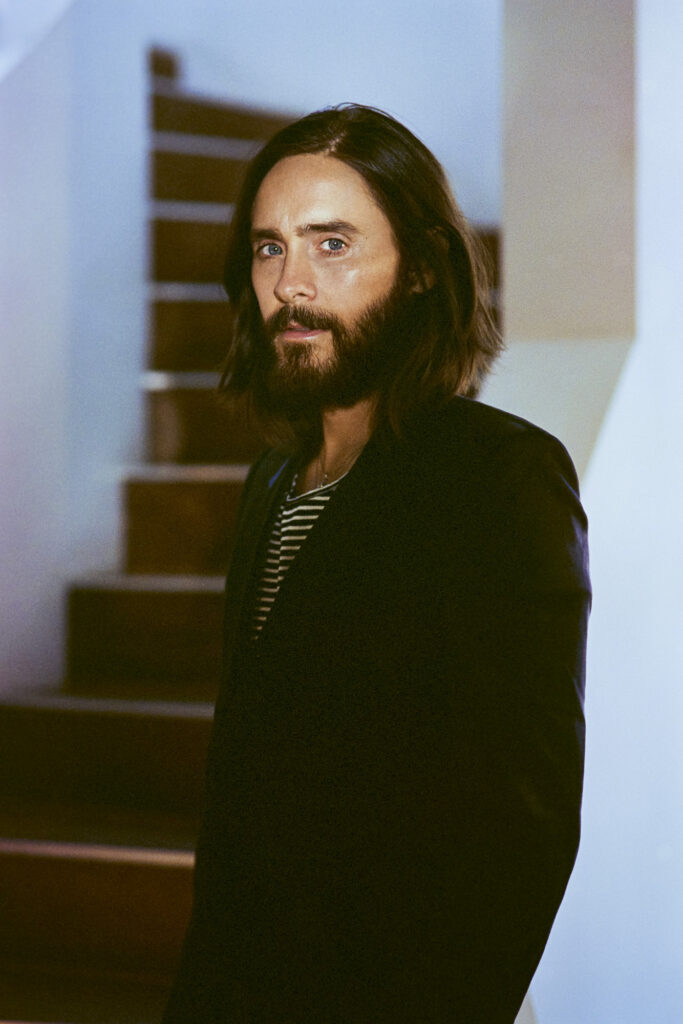
Whatever the subject of his songs, Leto likes to know they’ll be listened to in order. When he first met Spotify CEO Daniel Ek in early 2008, Leto asked the technologist why his streaming service defaulted to shuffle when a listener would hit play on an album. Many years later, in 2021, Adele successfully lobbied Ek for the removal of this feature. “And good for her for nudging that to happen,” says Leto. “I think that’s been a really nice thing for people who care about sequence. Because artists can really put a lot of time and energy and thought into the sequence of an album, and certainly there are classic albums, catalogue albums, where sequence was everything — albums where songs were thought of as chapters in a book. And it would be very strange to move chapters in a book around and then give it to someone to read.”
In all of his artistic endeavours, Leto longs to take us on a journey — mapping out our emotional experience and manoeuvring us between moods. Performing live with Thirty Seconds to Mars is, by far, the subject he speaks most effusively and engagingly about. (The band currently holds the Guinness World Record for the ‘Most Shows Performed During an Album Cycle,’ set during 2010’s “Into the Wild Tour”). And Leto admits that, even early on in the songwriting process, he and his brother consider how songs will translate to the stage. “We’re thinking: what kind of experience can we give people when they come to a Thirty Seconds to Mars show? Because we want to give them a really varied experience. We’ve been rehearsing for Lollapalooza, and it’s really interesting to have these new songs in the set. It adds a new kind of energy.”
“When I meet people, I’m always telling them that they won’t really know me until they see me on stage at a Thirty Seconds to Mars show. Because I think it reveals a lot of who you are. These songs are very personal.”
Jared Leto
And Leto’s live performances are nothing if not energetic. Whilst he’s never acted on stage — “I have no desire to do it at this point. I think a lot of actors have that itch because they don’t get to be on stage. Fortunately, I do.” — theatricality comes naturally to Leto. He bounds around, wearing flamboyant, multi-coloured outfits and putting huge crowds under singalong spells. But is the man we see on stage Jared himself — or is it some Martian creation; a performative persona not unlike David Bowie’s alien rock star Ziggy Stardust, or spaced-out astronaut Major Tom?
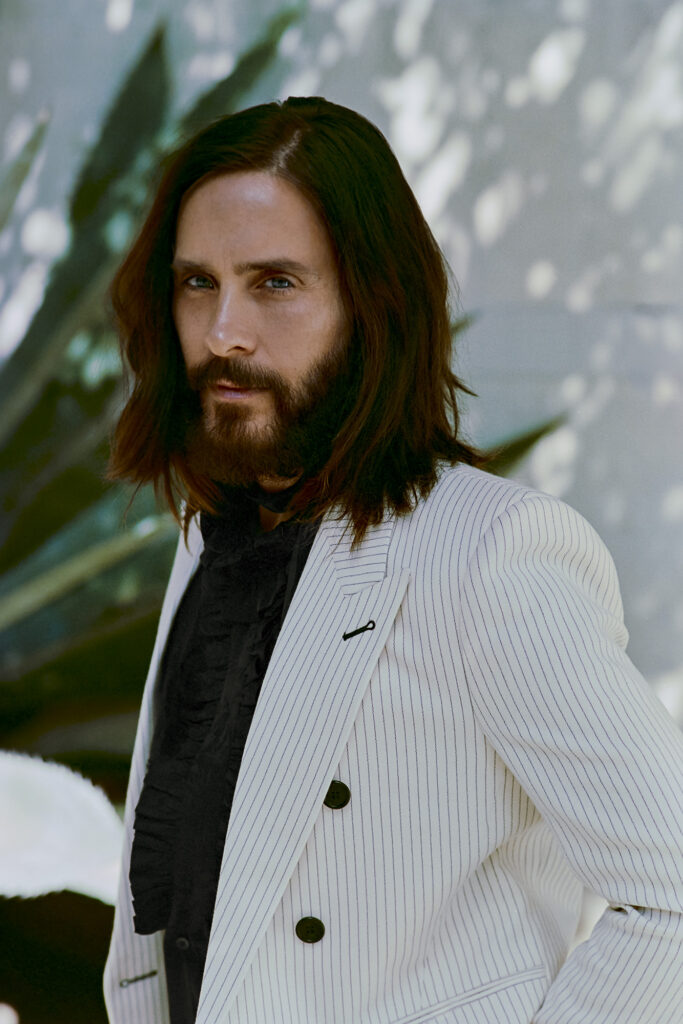
“You know, I wish it was a David Bowie thing,” laughs Leto. “It’s funny, I said that to someone yesterday, that I’ve always wanted to create a character. And he said, ‘Don’t you do that all the time, when you’re making movies?’ And I said, ‘Yeah, I guess you’re right.’ But for me, Thirty Seconds to Mars has always been a revealing of oneself. When I meet people, I’m always telling them that they won’t really know me until they see me on stage at a Thirty Seconds to Mars show. Because I think it reveals a lot of who you are. These songs are very personal.”
Which means they probably offer the most authentic, accurate representation of Leto we’re ever likely to get, because, unlike the performer’s filmmaking moonshots and method acting missions, these songs are sung free from constraints of character — and bring Leto finally into focus. “They’re coming from a perspective of someone who’s not imaginary,” he says, simply. “It’s my perspective. It’s real.”
Photography: CALEB & GLADYS (7 Artist Mgmt)
Stylist: Dani Michelle (The Only Agency)
Makeup: Jamie Taylor (The Wall Group)
Hair: Larry King (A Frame Agency)
